MFA student presents thesis exhibition in contactless gallery experience
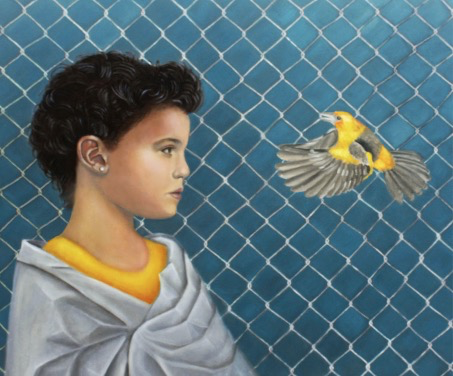
Photo Courtesy Olga Alanis
Adalia Garza | THE RIDER
Graduate student Olga Alanis, concentrating in studio art, is closing her master of fine arts with a contactless gallery experience, showcasing her thesis exhibition “Refugee Children.”
Alanis graduated with a bachelor’s of fine arts from legacy institution University of Texas-Pan American in 2015 and continued her education in the MFA program at UTRGV beginning in 2018.
Her thesis exhibition centers on themes of migrant children.
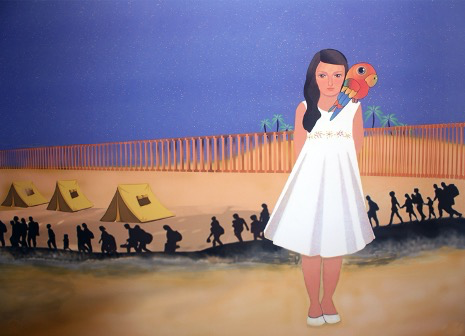
Photo Courtesy Olga Alanis
“My work addresses themes of displacement and migration,” Alanis’ artist statement reads. “I started this work in response to the migratory crisis of children arriving alone and undocumented at the border of [the Rio Grande Valley].”
Her inspiration for this project is based on experiences from volunteering at the Humanitarian Respite Center in McAllen. Alanis described a specific memory of a little girl that she was able to create symbolically in her paintings.
“One situation moved me,” said Alanis, who spoke in Spanish. “It was when a girl of approximately 5 years old came in crying, all dirty and in pain. When a young volunteer took care of her–she cared for her, she bathed her … gave her new clothes, combed her hair and made her braids. In that process of three hours, I saw that this little girl that came in dirty, crying, very sad. I now saw her with a smile.”
She said the girl’s transformation moved her.
“You could see in her face that the capacity to be alive had returned to her, to not have so much fear, and that moved me,” Alanis said.
In her artist statement, she listed the materials and techniques used to create her works.
“The materials I am using to create my artwork are oil on canvas, egg tempera on wood, watercolor on paper and digital media,” the statement reads.
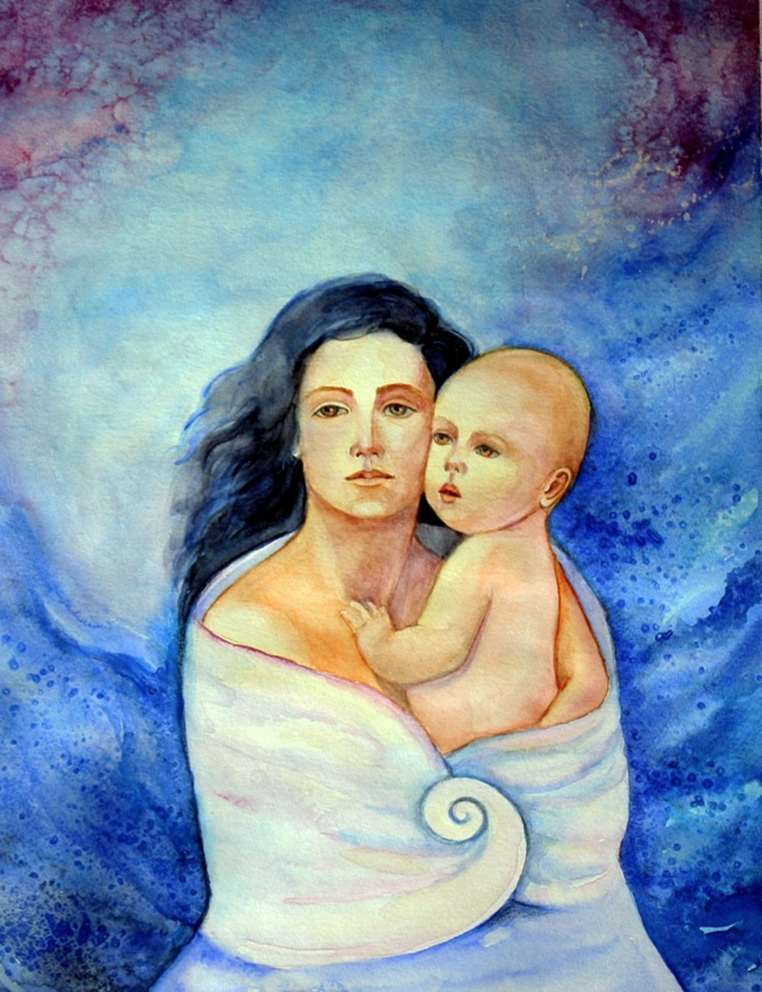
Aside from the various methods used to create her artwork, Alanis was intentional about the distinct colors and birds incorporated in her paintings to symbolize truths of the migrant crisis. She said the birds are likened to the migrant children.
“They all come from an area that is geographically filled with many birds, where the ambient is full of color,” she said. “The birds also migrate, just like them.”
Alanis explained further why she used several different kinds of birds in her paintings, such as in her oil-based painting titled, “Why the Caged Bird Sings” and in several different digital art paintings.
“The birds, for me, also represent the capacity to fly, to overcome obstacles, to persevere because, as we know, [the birds] travel miles and miles beginning in Central America, flying all the way to Canada,” she said. “Just the same, the children have walked miles and miles, and have arrived here.”
She talked about several other symbols in her paintings, but one important color she dwelled on was yellow because of how it represented the little girl she witnessed transform at the humanitarian center.
“The color that holds the most life for me is yellow; it is also the color of the sun,” she said. “I want to conserve yellow, keeping it close to the heart. This is the reason that the girl [painted in ‘Why the Caged Bird’ Sings’] has a yellow blouse near the heart, because of the transformation I saw in that little girl in those three hours.”
Alanis’ installation, titled “ICE BOX,” depicts the Mylar blankets given to children in the U.S. Immigration and Customs Enforcement facilities.
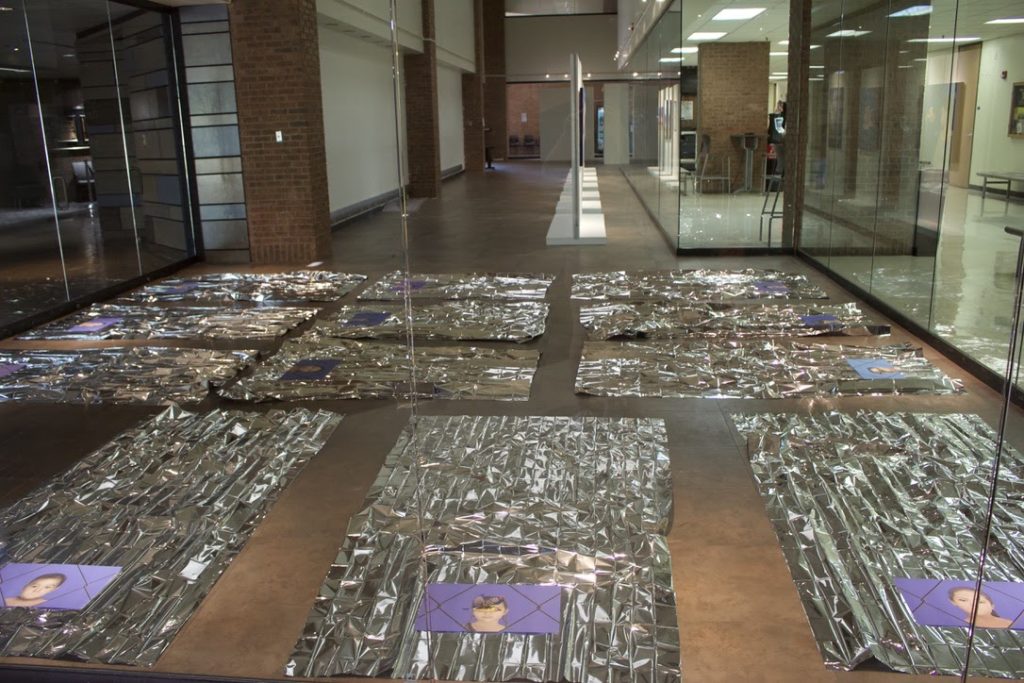
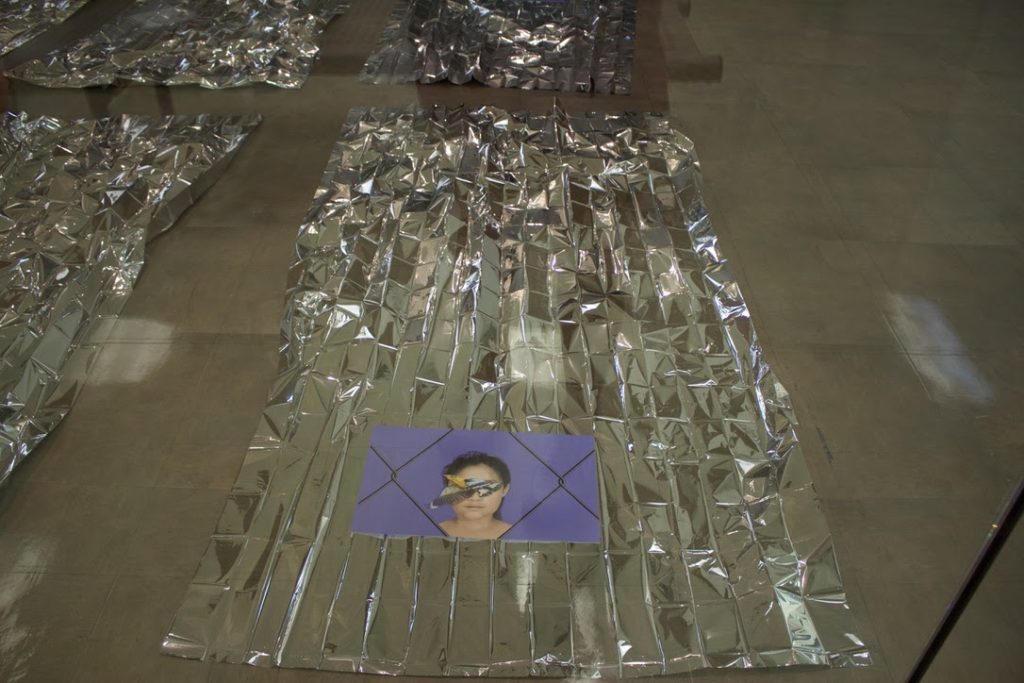
“What is shown in the press, on television or on the news, are those metallic blankets,”she said. “They are made of a material called Mylar. I used [the digital prints of the children] in the ‘ICE BOX’ installation because … in the reports … images are shown of the children laying on the floor. That is why the installation is also on the floor, because since there are many [children] … they put them on the floor and they give them those blankets, and it was to make a representation of that.”
Alanis’ work is also inspired by the Center for Latin American Arts (CLAA) at UTRGV. Katherine McAllen, assistant professor of art history and director of the CLAA, summarized the center’s mission and how it helps students like Alanis.
“The mission statement–of our center is to be a gathering place for the promotion of the arts from Latin America through teaching, scholarship, performance and creative works; to promote education and also connect our community with traditions that are important to many, many different groups in the Rio Grande Valley and beyond,” McAllen said.
Alanis worked at the CLAA and met with Nana Smith, the wife of University of Texas Chancellor J. B. Milliken. McAllen said this was one of the ways that Alanis has shown her desire to find opportunities to grow and connect.
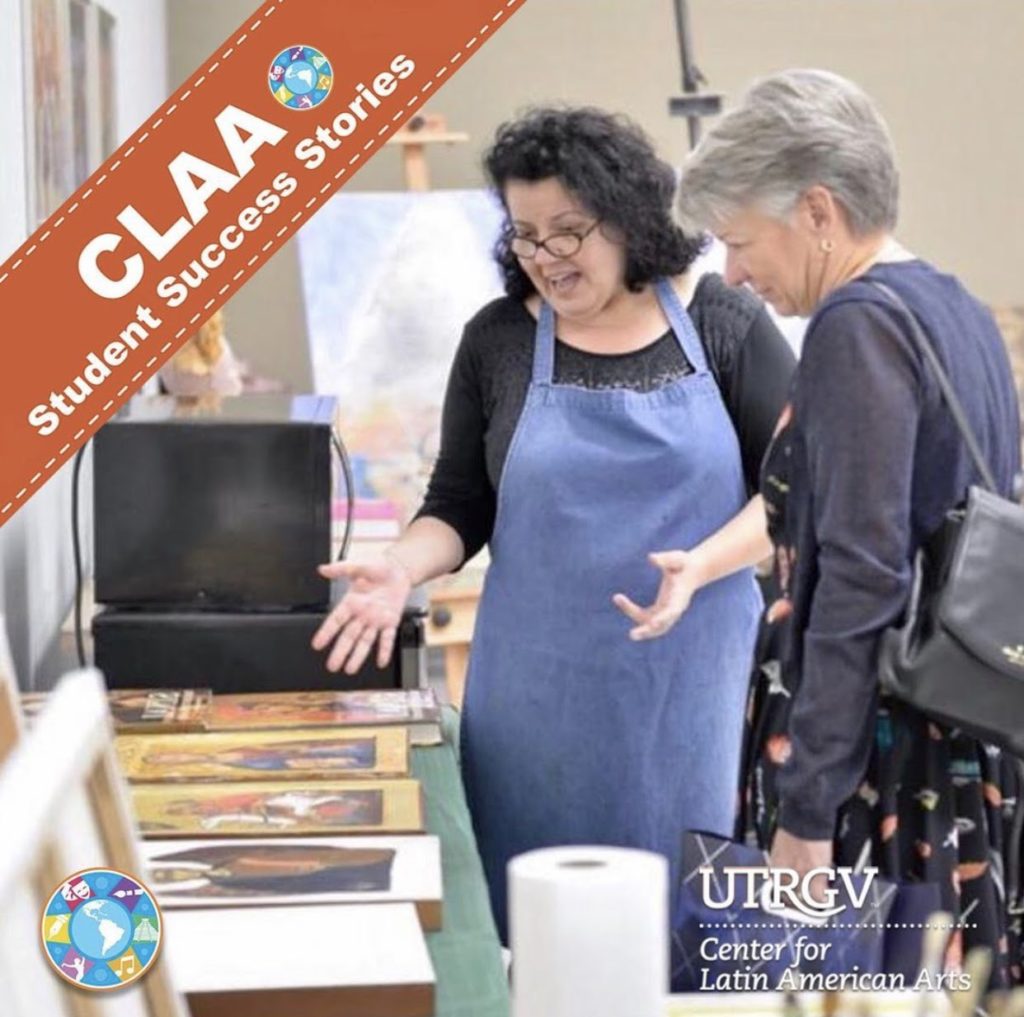
UTRGV Center for Latin American Arts Instagram
“His wife is a very involved artist and loves art, so Olga showed the chancellor’s wife around the [UTRGV] School of Art and generously gave her time,” McAllen said. “Olga is just always seeking out opportunities to help others and she’s also very dedicated to her art practice.”
The assistant professor said she appreciates Alanis’ selfless character.
“She was involved in a dynamic array of projects to advance her career and also to help others and give back and engage with the community,” she said. “That’s what’s so impressive about Olga is that she’s not always thinking inward; she’s also thinking outward and how she can help others and share her skills and her knowledge and to help others be inspired, and I really appreciate that about her.”
Alanis has evidently shown her character in her paintings and intends for the thesis exhibition to serve as an avenue for viewers to grow empathetic toward the migrant crisis.

“My intention with this exhibit is to create empathy and compassion, so that we can understand that they are human beings that need help,” she said.
Alanis expressed her gratitude in an email to a few influential people:
“Thanks to all my teachers for their support, and advice; especially to Dr. Katherine McAllen, Professors Paul Valades, Rigoberto Gonzalez, Marcus Farris, Rahleh Filsoofi, and Phillip Fields.”
The exhibition will continue to be showcased in the Charles and Dorothy Clark Gallery, inside of the ELABS building on the Edinburg campus. The works will continue to be on display until Wednesday.






